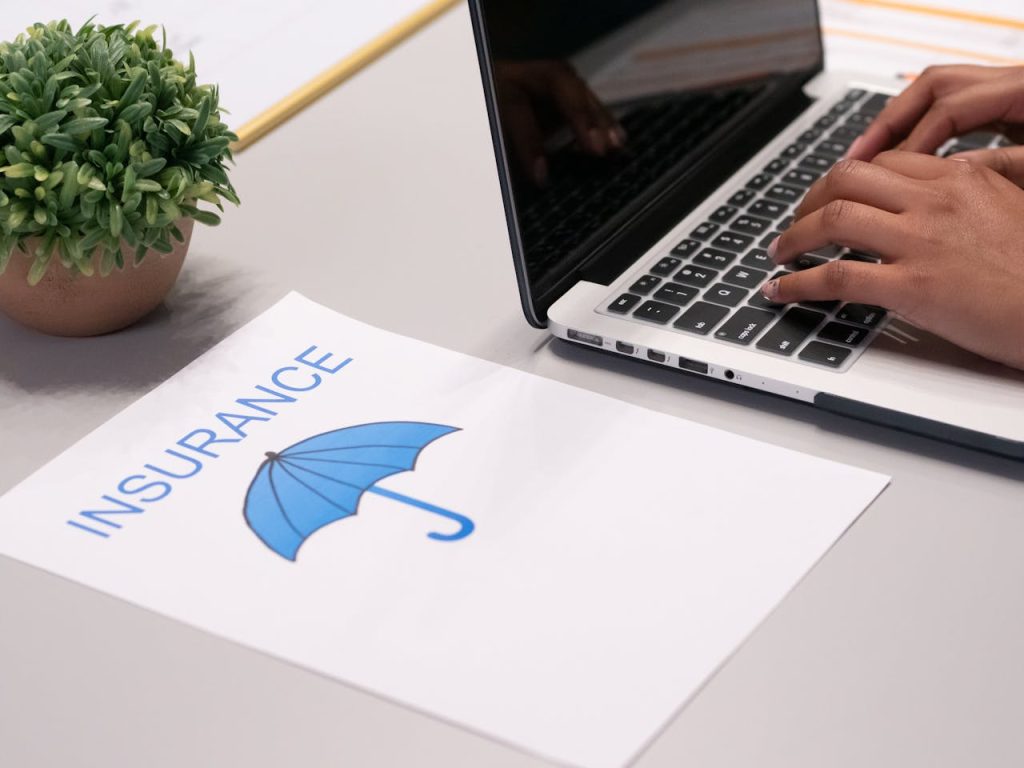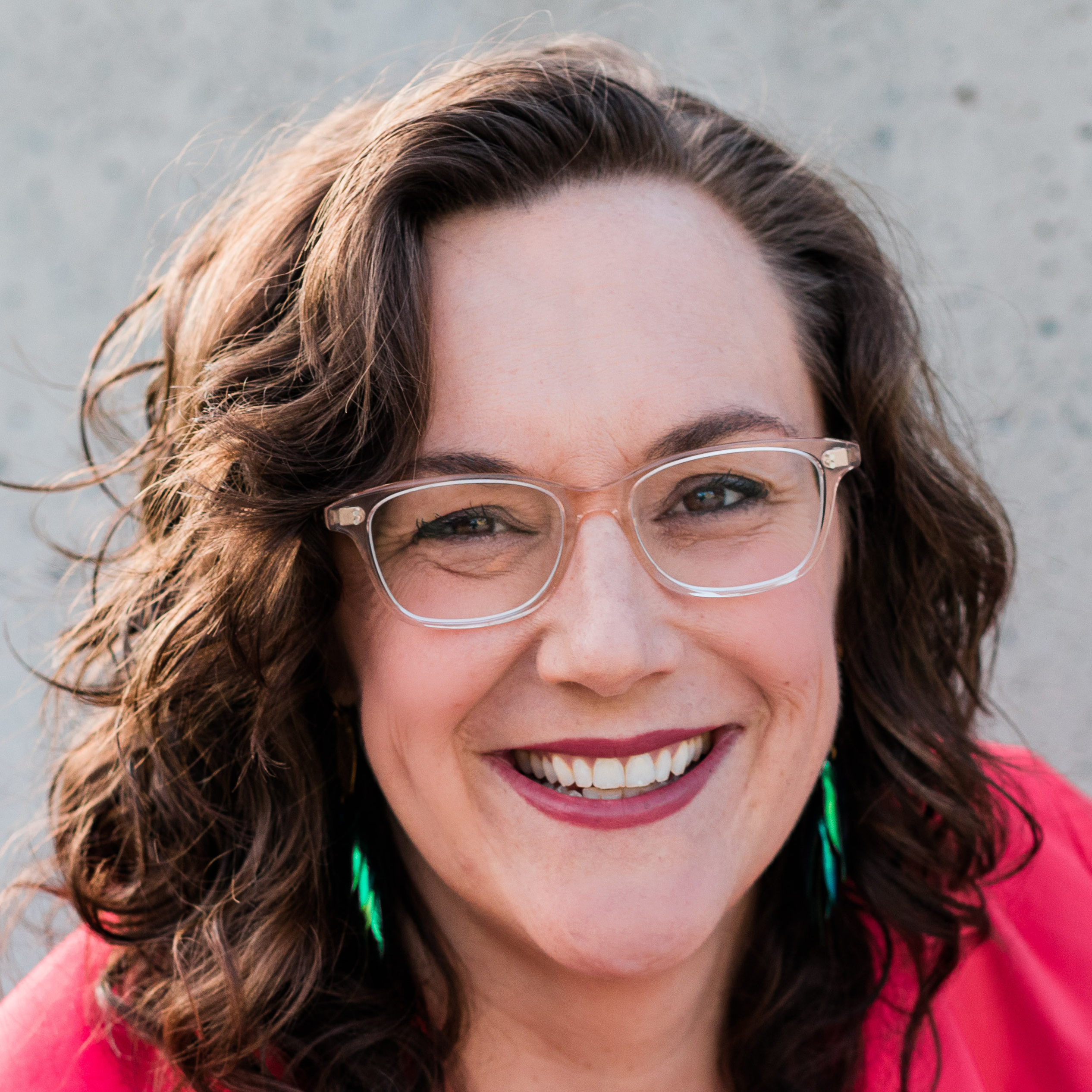
Image Source: pexels.com
Death is a topic most of us would rather avoid, but understanding the financial facts about death is crucial for everyone. Whether you’re planning for your own future or helping a loved one, knowing what happens to your money, debts, and assets after you’re gone can save your family from unnecessary stress and confusion. The financial facts about death aren’t just for the wealthy—they affect anyone with a bank account, a home, or even a simple life insurance policy. Facing these realities head-on can help you make smarter decisions today and protect your loved ones tomorrow. Let’s break the silence and talk about the financial facts about death that no one wants to discuss, but everyone needs to know.
1. Your Debts Don’t Always Die With You
Many people assume that when they pass away, their debts simply disappear. Unfortunately, that’s not always the case. Creditors can make claims against your estate, which is the total value of everything you own at the time of your death. Some creditors may go unpaid if your estate doesn’t have enough assets to cover your debts. Still, surviving family members could be responsible in certain situations, like with joint accounts or co-signed loans. Knowing which debts can outlive you is important, and planning accordingly is important.
2. Probate Can Be Costly and Time-Consuming
Probate is the legal process of settling your estate, and it can take months or even years to complete. During probate, your assets are inventoried, debts are paid, and what’s left is distributed to your heirs. The process can be expensive, with court fees, attorney costs, and other expenses eating into your estate. In some states, probate fees can reach up to 5% of your estate’s value. Planning tools like living trusts can help your loved ones avoid probate and keep more of your assets in the family.
3. Life Insurance Isn’t Always a Quick Payout
Many people buy life insurance to provide for their families, but the payout isn’t always immediate. Insurance companies may take weeks or even months to process claims, especially if the policy is new or if the cause of death is unclear. Delays can leave your loved ones waiting for funds to cover funeral or living expenses. Make sure your beneficiaries know where to find your policy and understand the claims process to avoid unnecessary delays.
4. Funeral Costs Add Up Fast
Funerals are expensive, and costs can quickly spiral out of control. The average funeral in the U.S. costs between $7,000 and $12,000, including the service, burial, and related expenses. Many families are caught off guard by these costs, especially if there’s no plan in place. Pre-planning your funeral or setting aside funds can ease the burden on your loved ones.
5. Digital Assets Need Attention, Too
In today’s world, your digital life is just as important as your physical assets. From online bank accounts to social media profiles, digital assets can create headaches for your heirs if you don’t leave clear instructions. Make a list of your digital accounts, passwords, and wishes for each. Some states have laws that allow executors to access digital assets, but it’s best to be proactive and include digital planning in your estate documents.
6. Taxes Don’t End with Death
The IRS doesn’t forget about you when you die. Your estate may owe federal or state estate taxes, and your heirs could face income taxes on inherited assets. While most estates won’t owe federal estate tax (the exemption is over$13 million in 2025), state thresholds can be much lower. Inherited retirement accounts, like IRAs, often come with required minimum distributions and tax implications for beneficiaries. Consulting a tax professional can help your family avoid surprises.
7. Beneficiary Designations Override Your Will
Many people don’t realize that beneficiary designations on accounts like life insurance, retirement plans, and bank accounts take precedence over your will. If you forget to update these designations after major life events—like marriage, divorce, or the birth of a child—your assets could end up in the wrong hands. Review your beneficiary forms regularly to ensure they match your current wishes.
8. Unclaimed Assets Are More Common Than You Think
Every year, billions of dollars in unclaimed assets—like forgotten bank accounts, insurance policies, and retirement funds—end up in state treasuries because heirs don’t know they exist. Make a comprehensive list of your assets and share it with your executor or a trusted family member. This simple step can prevent your hard-earned money from becoming just another unclaimed asset.
9. Planning Ahead Is a Gift to Your Loved Ones
The most important financial fact about death is that planning ahead is an act of love. Creating a will, organizing your documents, and having honest conversations with your family can spare them from confusion, conflict, and financial hardship. It’s not just about money—it’s about making a difficult time a little bit easier for the people you care about most.
Facing the Financial Facts About Death Empowers Your Family
Talking about the financial facts about death may feel uncomfortable, but it’s one of the most responsible things you can do for your loved ones. By understanding these realities and taking action now, you can protect your family from unnecessary stress and ensure your wishes are honored. Don’t wait for a crisis—start the conversation today and give your family the gift of clarity and peace of mind.
What financial facts about death surprised you the most, or what steps have you taken to prepare? Share your thoughts in the comments below.
Read More
5 Reasons Millennials Need to Do End-of-Life Planning
How to Claim Insurance for Wrongful Death

Travis Campbell is a digital marketer/developer with over 10 years of experience and a writer for over 6 years. He holds a degree in E-commerce and likes to share life advice he’s learned over the years. Travis loves spending time on the golf course or at the gym when he’s not working.












